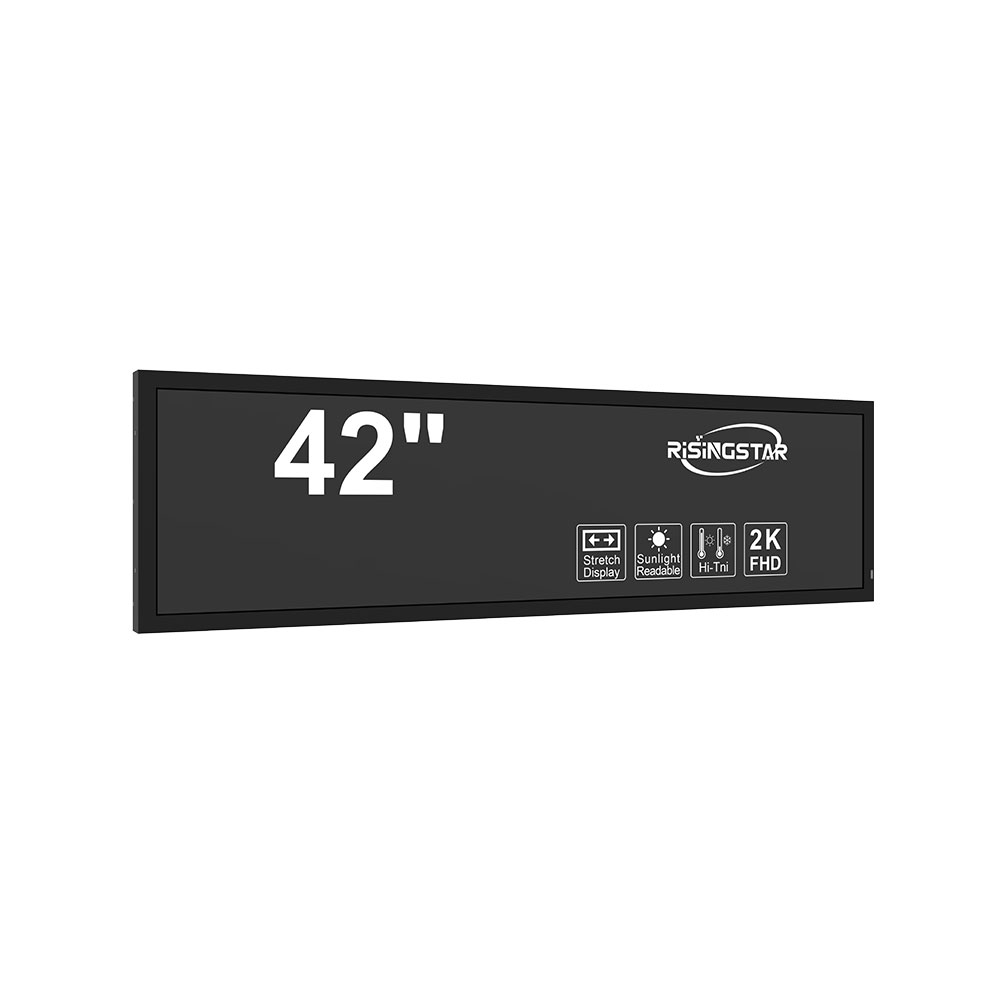- Home
- About Us
- Products
- News
- Video
- Contact
- Send Inquiry
Search
- Home
- About Us
- Products
- News
- Video
- Contact
- Send Inquiry

Outdoor LCD displays are critical components in modern digital signage, public information systems, transportation hubs, and retail environments. These screens must operate reliably under extreme weather conditions—ranging from intense UV exposure and high humidity to sub-zero temperatures and heavy rain. Choosing the right outdoor LCD display involves understanding brightness requirements (typically 5000–7000 nits for direct sunlight visibility), IP ratings (IP65 or higher for dust and water resistance), and ruggedized hardware such as aluminum enclosures and tempered glass.
Practical applications span traffic signal monitoring, airport departure boards, smart city kiosks, and advertising billboards. In these environments, outdoor LCDs offer dynamic content delivery, real-time updates, and improved user engagement compared to static signage. For example, a case study from a European transit authority showed a 35% increase in passenger information accuracy after switching to full-weatherproof outdoor LCDs at major stations.

Advantages include long-term durability, energy efficiency (with LED-backlit panels consuming up to 40% less power than older CCFL models), and integration with cloud-based content management systems (CMS). Many manufacturers now support remote diagnostics and over-the-air firmware updates—a trend that significantly reduces maintenance costs and downtime.
Common problems include screen glare, uneven brightness, backlight degradation, and condensation inside the unit. To mitigate these, best practices involve using anti-glare coatings, installing sunshades or louvers, and ensuring proper ventilation in sealed enclosures. Regular cleaning with microfiber cloths and certified LCD-safe cleaners is essential to maintain clarity and prevent damage from dirt or salt buildup in coastal areas.
The latest trends in outdoor LCD technology focus on AI-driven brightness control, which automatically adjusts luminance based on ambient light levels—boosting both visibility and energy savings. Additionally, 4K Ultra HD resolution is becoming standard in new installations, enhancing image quality for marketing campaigns. According to a 2024 report by Grand View Research, the global outdoor digital signage market is projected to grow at a CAGR of 8.3%, driven by increasing demand for interactive and data-rich displays in urban infrastructure.
Professional installation and ongoing maintenance—such as quarterly inspections and thermal imaging checks—are key to extending the lifespan of an outdoor LCD beyond 7–10 years. Partnering with experienced vendors who provide comprehensive warranties and technical support ensures reliability and minimizes operational disruptions.